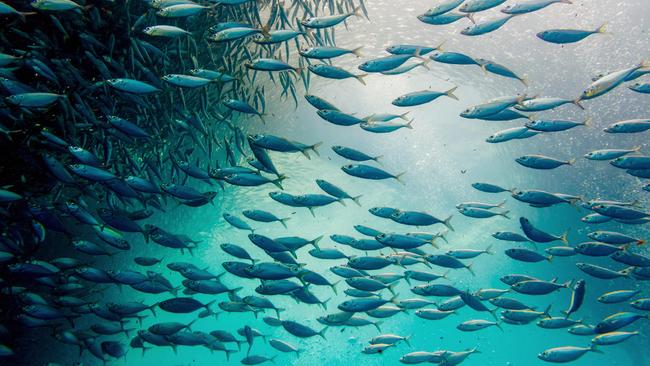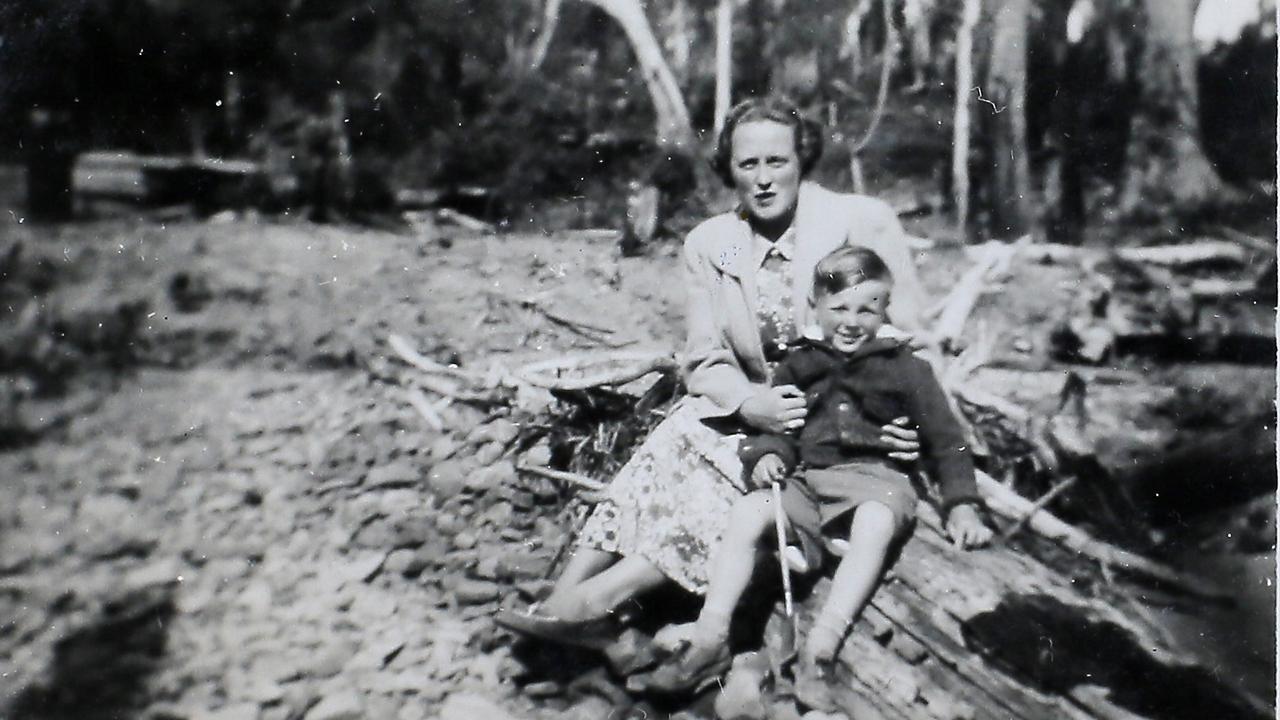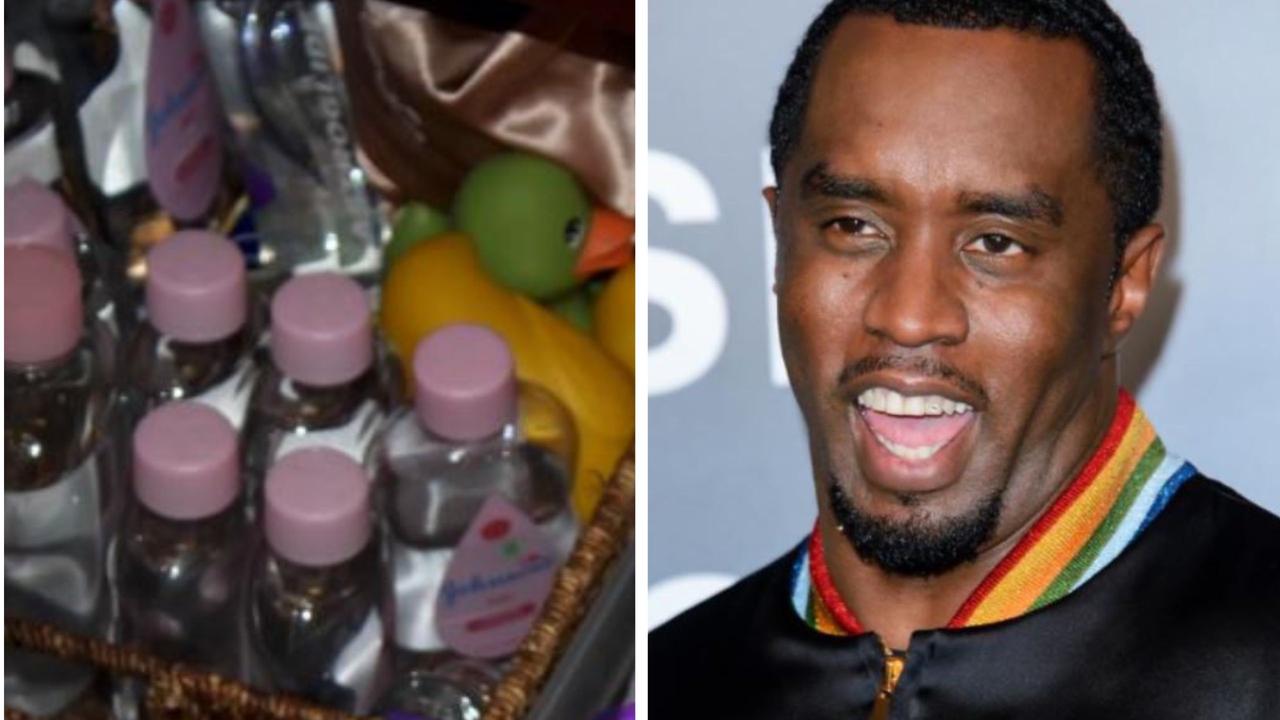Wooley: Let’s hope new industry doesn’t smell a bit fishy
It’s not surprising that Tasmanians are a tad sceptical about plans for a sardine fishery in Bass Strait, writes Charles Wooley.

Opinion
Don't miss out on the headlines from Opinion. Followed categories will be added to My News.
The government recently announced “an exciting and rare potential” to create a new sardine fishery in Tasmania.
Were this happening in any other state you might even be “excited” about such a development.
I love sardines and we are the only people I can think of living in Mediterranean latitudes who don’t eat them enthusiastically.
But this is coming from the same government that brought you the environmental disaster of industrial-scale salmon farming, while (I assume completely unrelated) forgetting to build a port for our new billion dollars’ worth of ferries. So, when we are told “thorough research” has been under way to “assess the full extent of sardine stocks in Bass Strait” is it churlish to be a bit sceptical?
I know it’s against the odds, but surely there does at least appear to be an element of diligence when we are told that “independent science will be used to underpin the development of a managed plan” ensuring the new industry “will minimise environmental impacts and maximise benefit to Tasmania”.
Or have we heard that before somewhere?

Often such reassuring words are written to simply ‘polish the turd’ as those cynical PR people like to joke.
But I am forever hopeful. Let’s hope this time, against all experience, our government gets it right. They definitely need a win. And the South Australian sardine industry employs more than 200 people and is worth more than $30m a year. And we don’t hear too much about it.
In Tasmania in the glamour days of abalone, rock lobster and orange roughy (remember that disaster) when fortunes were being made, the little sardine was overlooked.
But in Europe and America, although it is low in the food chain the sardine is high in omega-3s and in great demand. In Alaska’s Bering Sea, the most hostile waters I have ever seen, fishermen risk their lives for the smallest fish. Once, their forebears hunted whale, the biggest creature in the seas, but now another generation pursue the smallest; tiny but incredibly valuable, the sardine is worth US$6bn annually to the Alaskan economy.


The American industry is at present sustainable and highly regulated. Purse seine nets, which don’t have contact with the ocean floor, are better able to target one specific species. The fishing grounds are patrolled, and authorities assess the numbers of sardines, sometimes opening the season for only a few hours. Even in a short time a new deck hand might make $6000 a trip. On top of that fishermen get “a crew share” which means the better the season the more they earn.
But for all its promise the Alaskans are aware that although gloriously abundant, sardines are “a foundational species”. They feed seabirds, dolphins, seals and many species of larger fish.
The promised advent of a new sardine fishery in Bass Strait comes at a time when the environmental cost of salmon farming has made Tasmanians well aware of the need to wade lightly in our coastal waters. We have learnt only too well how short-term gains can lead to long-term damage.
Let us hope the new fishery will at least be locally owned.
If you want to know about fishing for sardines in Alaska, I recommend The North Line (Disney Publishing Worldwide) a compelling new first novel by American author Matt Riordan. He has recently moved to Australia and could now write a sequel in Bass Strait.
How would that story end; well or badly?
We are about to find out.
Riordan, who worked as a deckhand to get himself through an American law school, graphically describes how sardines swirl in their breeding billions. Netted by small boats in huge seas, the catch can amount to 300,000 tonnes, heavier than an archaic harvest of whales. And in those dangerous Arctic waters often as deadly.

The author captures the terrible savagery of the ocean feast as fishermen, seals, sharks and predatory birds compete for the Darwinian bounty. “Everywhere he looked there was eating and f****** and dying in spectacular technicolor violence. Men and machines and any living thing with teeth for it materialised out of creation to wade into the feast.”
Now you’ll agree, that’s a bit more colourful than the dull pitch of a government spin doctor.
Imagine seeing that in Bass Strait.
Meanwhile, of course, lines of confrontation are already being drawn up. Will this be a carefully managed environmentally sustainable fishery or a disaster?
Conservationist Alistair Allan has called on the government to “proudly protect this growing sardine population in a world where many fish populations are in decline”. He raises the common concern of many Bass Strait coastal communities that, “just to grind them up and feed them to environmentally destructive salmon farms is a crime against nature”.
I hope that’s not the plan. Surely it would be better to feed chicken to the salmon and for us to eat the sardines. Whenever I have eaten them in Europe I always wonder why we don’t make a feast of sardines in Australia.

An outstanding exception is on the Fremantle waterfront where the Mendolia family has created Freo’s most famous tourist attraction serving fresh sardines. In my humble opinion the wild sardine beats the farmed salmon any day. But that’s just me. You try them for yourself.
The simpler the better.
Clean and gut a handful of fresh Australian sardines. Rub lightly with olive oil, sprinkle with sea salt, and grill over a hot flame for two minutes a side. Serve with lemon wedges, crusty bread and a cold white wine.
No bones about it. They are among the tastiest fish you will ever eat.
Indeed, cook them for three minutes and you can even eat the bones.
Charles Wooley is a Tasmanian-based journalist





